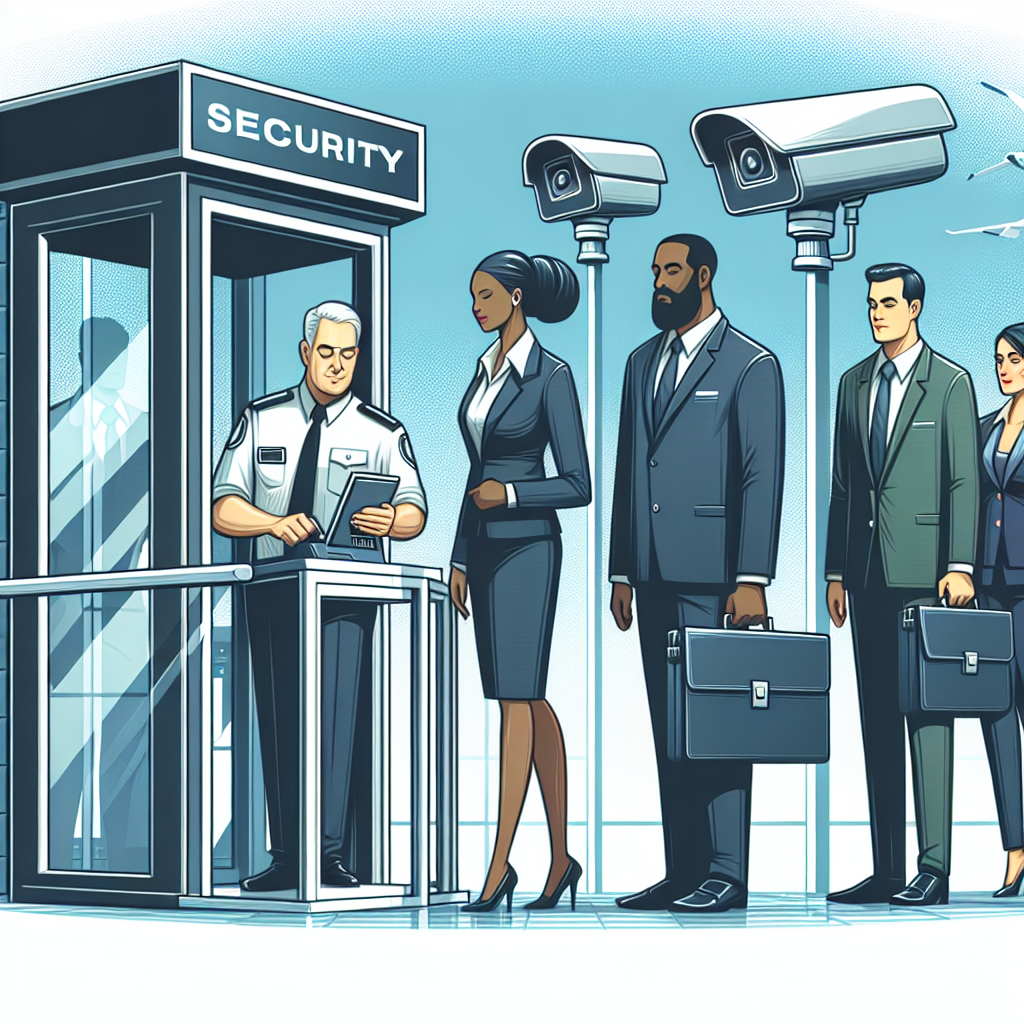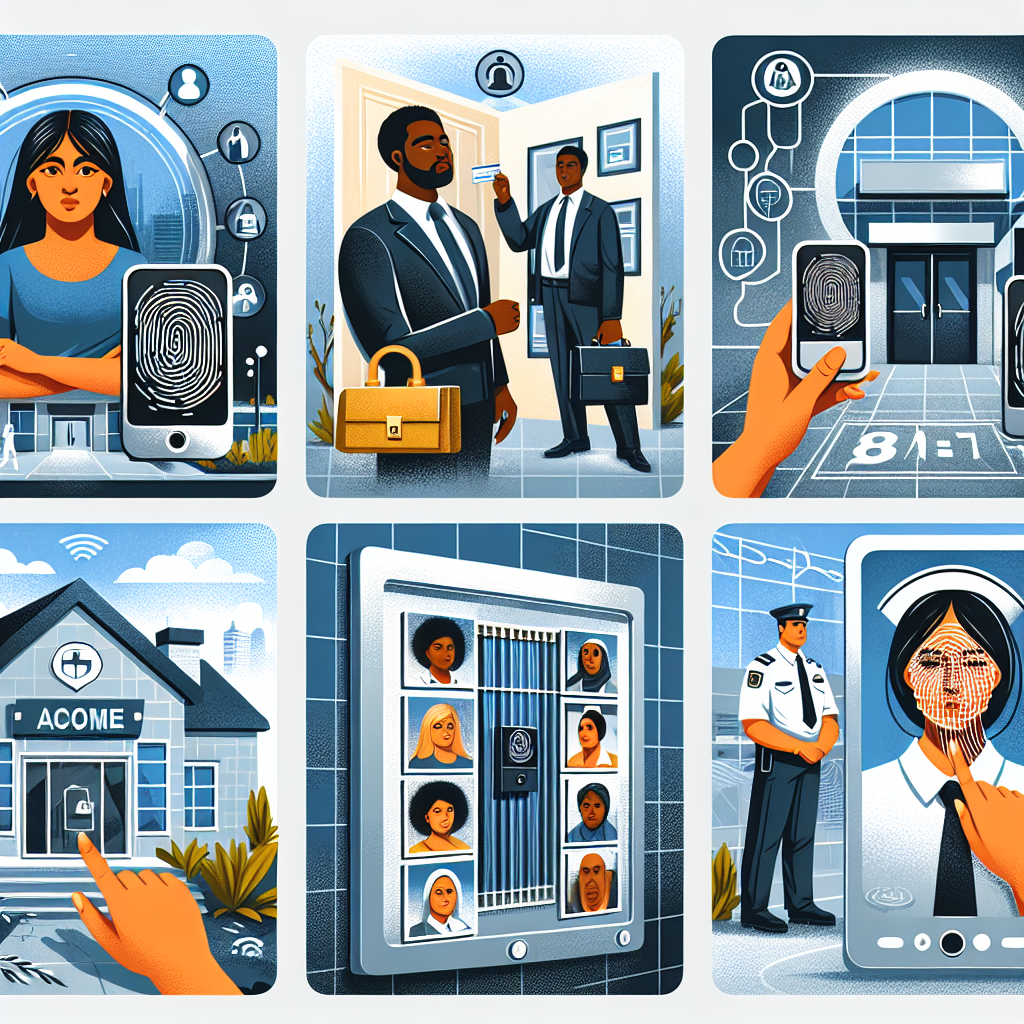In today’s fast-paced and interconnected world, ensuring the safety and security of your personal or business information is paramount. This is where access control comes into play. The importance of access control in maintaining security cannot be overstated, as it allows you to regulate who has access to certain areas or data, minimizing the risk of unauthorized entry or misuse of sensitive information. By implementing effective access control measures, you can not only protect your assets and confidential data but also provide peace of mind to yourself and your stakeholders.
The Importance of Access Control in Maintaining Security

Introduction to Access Control
Access control is a crucial aspect of maintaining security in any organization or system. It refers to the systematic process of managing and regulating who is granted access to resources, information, or physical areas. Implementing effective access control measures is essential for safeguarding sensitive data, preventing unauthorized access, and complying with regulations.
Types of Access Control
Access control can be categorized into two main types: physical access control and logical access control. Physical access control involves the use of physical barriers, such as locks, gates, and biometric devices, to restrict entry to specific areas. Logical access control, on the other hand, focuses on controlling access to computer systems, networks, and digital resources through the use of passwords, encryption, and other security measures.

Physical Access Control
Physical access control plays a vital role in securing physical spaces and assets. This type of access control is commonly utilized in buildings, facilities, and other restricted areas. It involves the deployment of measures such as access cards, surveillance systems, and security personnel to monitor and limit entry to authorized individuals only. By restricting physical access, organizations can protect their assets, maintain privacy, and reduce the risk of theft or damage.
Logical Access Control
Logical access control is centered around securing digital resources, such as computers, networks, and databases. This type of access control is essential in today’s digital age, where data breaches and cyber threats are prevalent. Logical access control mechanisms include authentication processes, encryption, virtual private networks (VPNs), and firewalls. By implementing effective logical access controls, organizations can ensure that only authorized personnel can access sensitive information and systems, minimizing the risk of data breaches and unauthorized activities.

Components of Access Control
To provide a comprehensive access control system, three key components need to be implemented: authentication, authorization, and accounting.
Authentication
Authentication verifies the identity of individuals seeking access to a system or resource. This is typically done by confirming something the user knows, such as a password or PIN, something they possess, such as an access card or key, or something unique to them, such as their biometric data (fingerprint or iris scan). Authentication ensures that only authorized individuals can proceed further in the access control process.
Authorization
Authorization determines what actions and resources a user is permitted to access after their identity has been verified through authentication. Based on the principle of least privilege, users are granted the minimum level of access necessary to perform their tasks. Authorization helps prevent unauthorized individuals from gaining access to sensitive data or resources and minimizes the risk of misuse or malicious activities.
Accounting
Accounting tracks and records all user activities within an access control system. It captures information such as login attempts, access requests, and resource usage. By keeping a detailed record of user actions, organizations can trace any unauthorized or suspicious activities, identify potential security breaches, and enforce accountability among users.
Access Control Policies
Access control policies are a set of rules and guidelines that define how access control mechanisms should be implemented within an organization. These policies provide a framework for managing access privileges, ensuring consistency, and aligning with regulatory requirements. Access control policies typically document procedures for user administration, password management, network access, and incident response. Regular review and updates of access control policies are necessary to adapt to evolving security threats and organizational needs.

Benefits of Access Control
Implementing access control measures brings numerous benefits to organizations, including:
Enhancing Physical Security
Access control systems improve physical security by restricting entry to authorized personnel only. By employing measures such as access cards, biometric devices, and surveillance systems, organizations can prevent unauthorized individuals from accessing sensitive areas and protect their physical assets.
Protecting Sensitive Data
Logical access control helps safeguard sensitive data by ensuring that only authorized individuals can access and manipulate it. This is particularly important for organizations that handle confidential or personal information, as unauthorized access can lead to data breaches, financial losses, and reputational damage.
Preventing Unauthorized Access
Access control mechanisms act as a deterrent against unauthorized access to both physical spaces and digital systems. By implementing robust authentication and authorization processes, organizations can significantly reduce the risk of unauthorized individuals gaining access to resources or compromising the system’s integrity.
Compliance with Regulations
Access control is often mandated by industry regulations and legal requirements. Organizations must adhere to these regulations to protect customer data, maintain privacy, and avoid penalties. By implementing access control measures, organizations can demonstrate compliance and mitigate the risk of regulatory violations.
Challenges in Implementing Access Control
While access control is crucial for security, there are several challenges that organizations may face during implementation.
User Acceptance and Convenience
One challenge is striking a balance between security and user convenience. Implementing rigorous access control measures can sometimes inconvenience users, leading to frustration and resistance. Organizations must find ways to streamline the access control process and provide user-friendly interfaces to ensure that security measures do not hinder productivity or efficiency.
Complexity and Integration
Another challenge is the complexity involved in implementing and integrating access control systems. Organizations often have diverse systems, technologies, and user databases. Integrating these systems with access control mechanisms can pose technical challenges and require significant resources. Additionally, managing user access across multiple systems can be complex and time-consuming.
Adapting to Organizational Changes
As organizations grow and evolve, their access control needs may change. New employees join, roles and responsibilities shift, and systems get upgraded. Adapting access control mechanisms to reflect these changes can be challenging, requiring ongoing review, updates, and training to ensure the system remains effective and aligned with organizational goals.

Conclusion
Access control is essential for maintaining security in organizations and systems. By implementing both physical and logical access control measures and ensuring authentication, authorization, and accounting are in place, organizations can effectively safeguard their assets, protect sensitive data, prevent unauthorized access, and comply with regulations. While challenges may arise during implementation, the benefits of access control far outweigh the difficulties. With proper planning, user education, and regular reviews, organizations can establish robust access control systems that mitigate risks and provide a secure environment for their operations.

